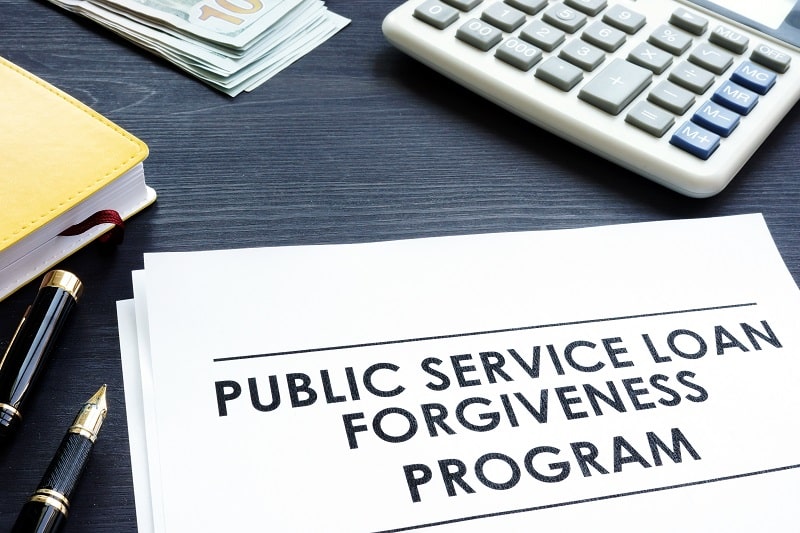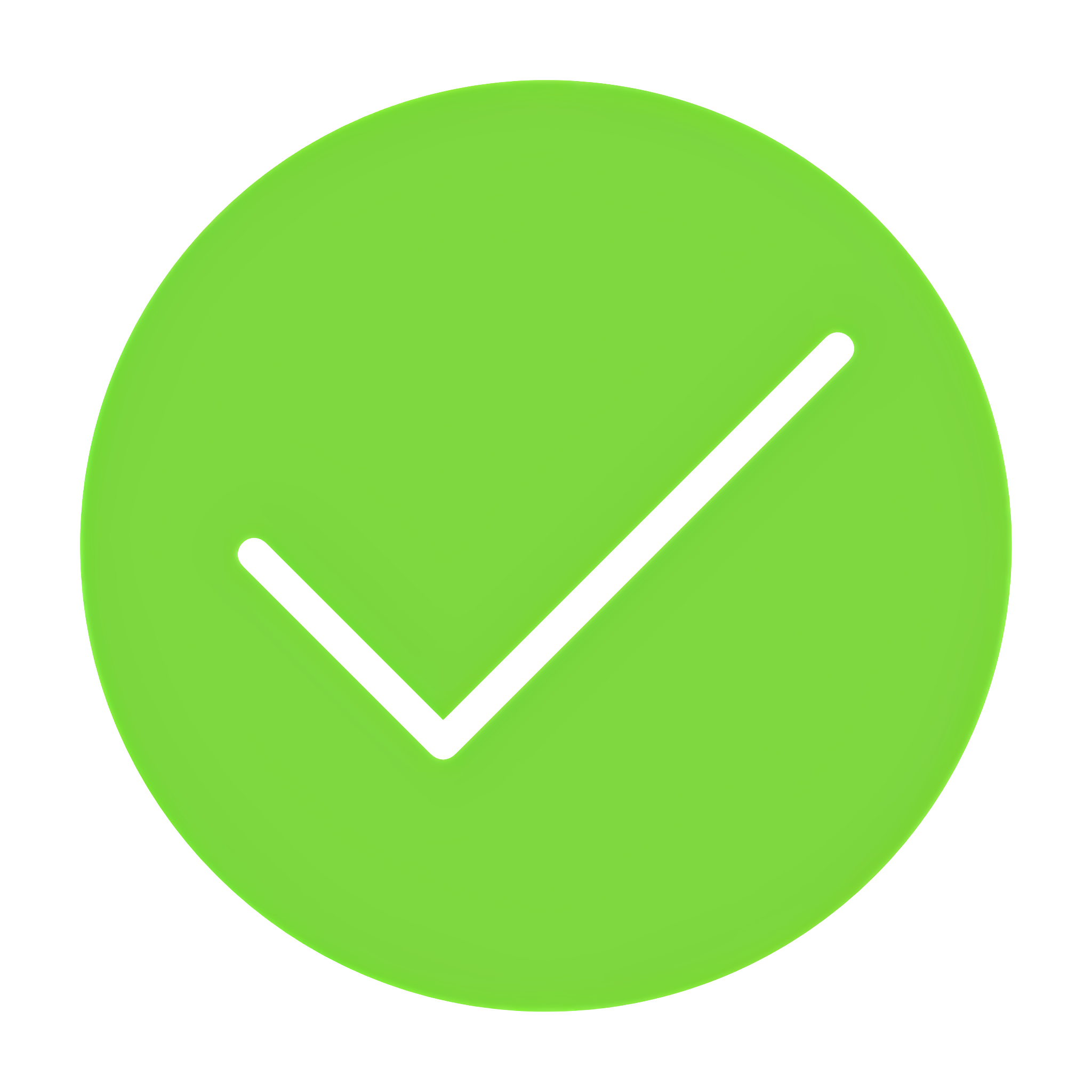Student loan debt is a significant source of financial stress in America. While there are not many options for discharging student loan debt entirely, borrowers employed in public service careers may find relief through the Public Service Loan Forgiveness Program (PSLF). Not all loans are eligible for this program. Here are the important things you need to know about how PSLF works, the qualifications, and how to apply.
How it works
The Public Service Loan Forgiveness Program (PSLF) forgives the remaining balance of qualifying student loans after you make the required number of qualifying payments. In other words, if you work for a qualifying employer while making timely payments toward your Direct Loans for approximately ten years, any remaining balance on your loans will be forgiven by the government.
You simply keep track of your employment and make one hundred and twenty qualifying payments while maintaining full-time employment with a qualified employer, submit a form to certify this information, and any remaining balance is forgiven. Whether you have one hundred dollars remaining or one hundred thousand dollars left to pay, it is forgiven, and you do not have to make any more payments toward your qualifying student loans.
Why the qualifications
Qualified candidates must be employed full-time by a U.S. federal, state, local, or tribal government which includes service in the U.S. military, AmeriCorps employment, and volunteering for the Peace Corps. Individuals employed by a non-profit organization may also qualify. The key is not what your title is, but whom you work for. If you took out your loans for law school but do not ultimately practice law, you may still qualify for Public Service Loan Forgiveness (PSLF) for your loans. You do not have to be employed in any specific position to qualify for this program. You simply must work full-time, as defined by your employer or at least thirty hours per week, for a qualifying employer.
Additionally, individuals must have made progress on their Direct Loans, or other federal student loans that have been consolidated into a Direct Loan, by making at least one hundred and twenty qualifying payments under an income-driven repayment plan. Only loans received under the William D. Ford Federal Direct Loan Program qualify. However, loans that do not qualify, such as the Federal Family Education Loan or the Federal Perkins Loan may be consolidated into a Direct Consolidation Loan and the consolidated balance would qualify for forgiveness under PSLF. There must be one hundred and twenty payments made toward the Direct Consolidation Loan for the balance to be eligible for forgiveness. Student loans from private lenders do not qualify.
The required payments must be made after October 1, 2007, under a qualifying repayment plan for the full amount due and paid on time. Further, payments only qualify toward PSLF if made while you are employed full-time by a qualifying employer. Payments made while your loans are in deferment, forbearance, or during a grace period such as while you are enrolled full-time in school or post-graduation do not count toward the required number for PSLF.
You do not have to make all one hundred and twenty payments while working for the same employer. All payments made while employed full-time by a qualifying employer count toward the total required number of payments. If you change employers, you simply need to submit new paperwork to ensure your employer and payments qualify. Further, payments do not have to be consecutive. If you spend a few months working for a non-qualifying employer and then resume work with a qualifying employer, your qualifying payments pick up where you left off rather than having to start over with payment one.
How to apply
To ensure you are working for a qualifying employer and that your payments qualify toward the required one hundred and twenty you need to benefit from Public Service Loan Forgiveness (PSLF), it is important to regularly submit a PSLF form to certify your employment. At the very least, you should submit a new form anytime you change employers. If you do not submit the employment certification regularly, you will need to submit it for each employer you worked for while making the required qualifying payments at the time you apply for forgiveness after the final qualifying payment is made. You can find the form you need on the Student Aid website here
Your employer must assist you with completing the form for certification. A direct supervisor, a representative from your employer’s human resources department, or someone with access to your employment or service records must certify your employment for the period covered by the form. Once you have completed the form, you can submit it via U.S. Postal Mail, fax, or online. Get the submission details on the Student Aid website here.
The verification process requires many steps, from verifying your employment, confirming that your employer is qualified, and ensuring every one of the required payments was made according to the qualifications. Once your form is approved after the required one hundred and twenty qualifying payments have been made, you will be notified that the remaining balance of your eligible loans will be forgiven. If that is not exciting enough, any payments made over the required number will be treated as overpayments and refunded to you.
If your request for PSLF is denied, you may still qualify for relief under the Temporary Expanded PSLF program. For more information about the PSLF or other student loan payment options, visit the Student Aid website at studentaid/gov.


